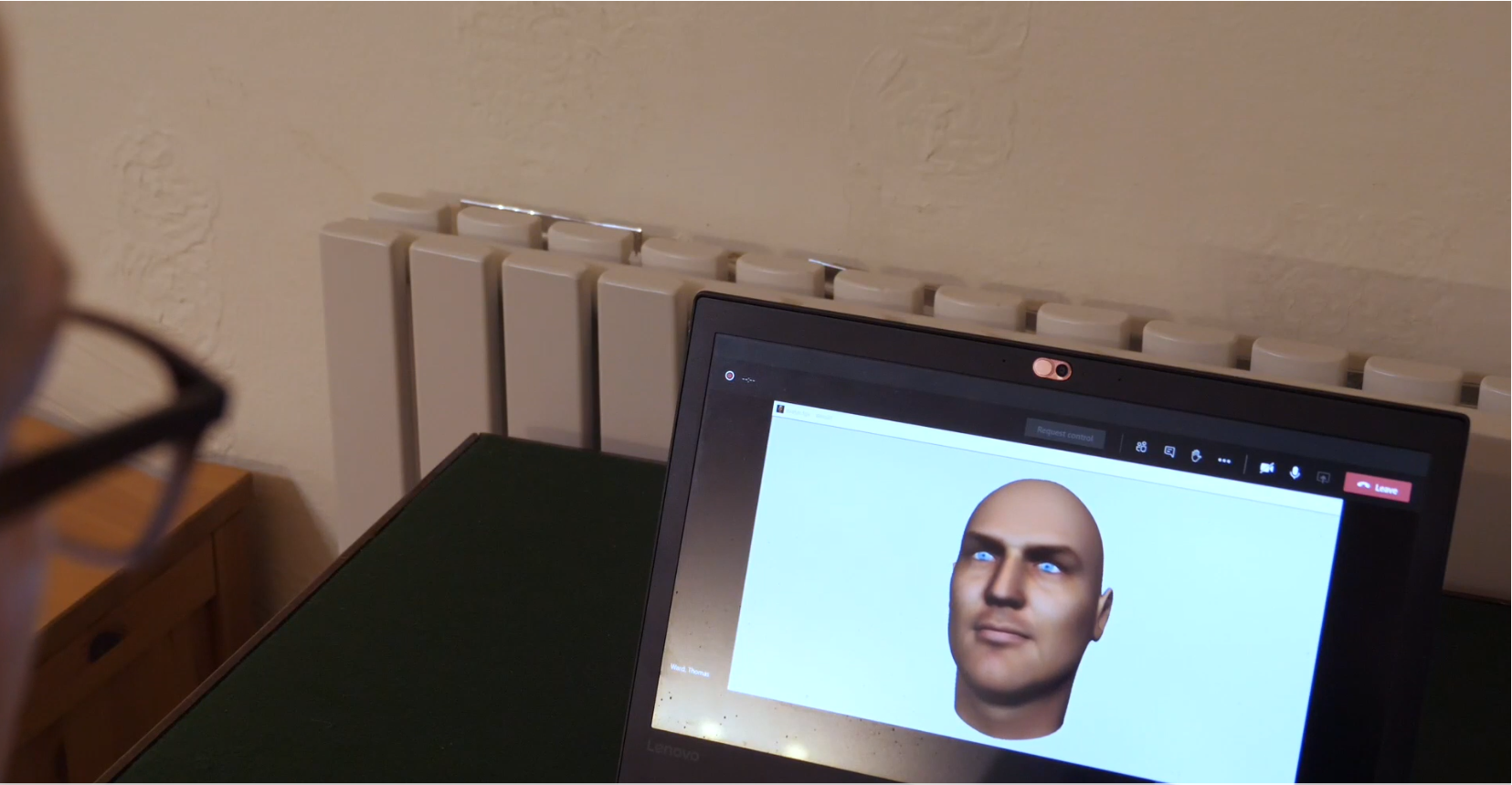
Hearing voices is a common symptom of psychosis and schizophrenia. For people affected by this, these auditory hallucinations can be debilitating and sometimes require medication to treat them. Avatar Therapy offers a new approach to this condition and will soon undergo a trial study as a next step towards proving it should be added to clinical treatments.
Avatar Therapy works by creating a personification of a patient’s unique auditory hallucination in the form of a digital avatar. The patient can then confront the voice in their heads via a digital screen and work towards changing the relationship they have with that voice.
“Usually the voice that the person hears is very hostile and very powerful,” says Dr Nikos Xanidis, Therapy Coordinator for the project in Glasgow. “As the person learns to stand up to the voice, the avatar becomes less hostile over time.”
The first trial was completed in 2017 and successfully showed improved results for those who underwent seven weeks of Avatar Therapy over regular support alone. The next one is a multi-centred trial between the University of Glasgow, King’s College London, UCL, and the University of Manchester. This trial will take 345 people and place them in one trial with six weeks of Avatar Therapy, or one with twelve weeks of Avatar therapy, or regular support without Avatar therapy.
Avatar Therapy
The idea behind Avatar Therapy is to change the power dynamic a patient has with the voice in their head. First, a patient will discuss the voice – what they sound like, if it can be characterized, its age, personality traits, and what identity this voice has. The patient then works with the therapist to create a digital avatar of the voice – similar to what one would do in character creation within modern role-playing video games. The voices could take human forms or non-human forms – such as angels and demons – and the patient will eventually decide when it is right. The software then creates a voice for the avatar that can be augmented to fit what the patient hears during auditory hallucinations.
Once the avatar is created, the therapist will leave the room and control the digital avatar through a computer screen.
“It’s a safe place where they can be assertive with a representation of their most distressing voice,” says Xanidis.
The therapist will speak through the avatar and say the things that the patient is used to hearing, allowing them to confront and come to terms with that voice. Ideally, this will put the patient more in control of the voices in their head – rather than the other way around.
Six weeks or twelve weeks
Those in the six weeks trial will receive normal Avatar Therapy, which is about changing the power dynamic of the auditory hallucination. Those in the twelve week trial will go a step further and have a more personalized approach to the unique voice(s) in their head.
“For some, it was about gaining compassion or a better understanding of the function of the voice,” explains Xanidis.
More tests are needed before this becomes adopted. An online event will take place on 6th May, 2021 to give an update on the first quarter of the trial.








